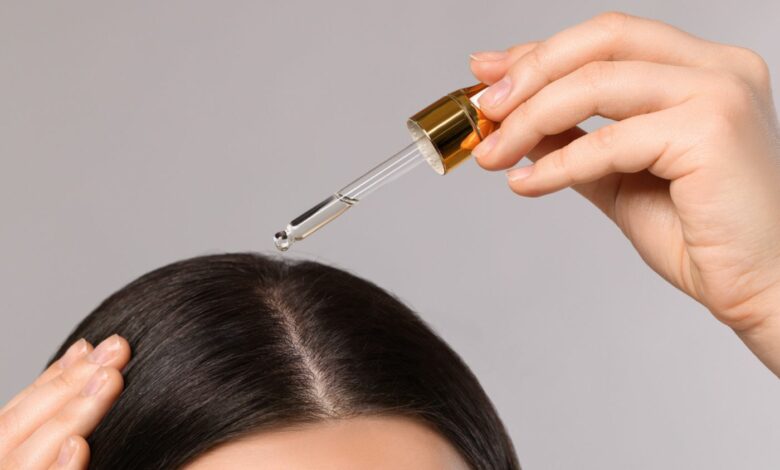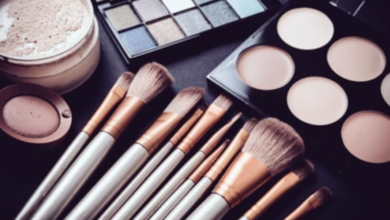Circana on the Skinification of Everything

A new word entered the beauty industry’s vernacular in recent years, and today its usage has widened to apply to nearly every area of the business.
With the pandemic prompting an increased focus on health and wellness, lives changed and what we needed from beauty products changed with it, leading to a rise in what has become known as the “skinification” of beauty. As more beauty products with skin care benefits and ingredients began hitting shelves, foundation was moved aside for tinted moisturizer; powder formulations gave way to creams, liquids, sticks, and balms; and, perhaps the ultimate mash-up, serum foundations arrived in aisles.
Serums are traditionally a liquid skin care product with high concentrations of actives that address specific skin care concerns. When serum foundations launched, the primary difference was the addition of pigment. Actives familiar to skin care aficionados such as niacinamide, hyaluronic acid, and squalane were prominently featured. During this time, makeup sales skyrocketed, growing double-digits, and while part of that growth was regaining volume lost during the pandemic, another factor was the innovation this skinification brought to the category. Consumers gravitated toward products they could count on to not only provide coverage, but also benefit their skin. In fact, more than 50% of U.S. consumers seek products that combine makeup and skin care in one, with just over 60% of Gen Z and Millennials aligning with this sentiment.
But the skinification movement isn’t stopping at makeup; in the past year, hair care is infusing more skin care ingredients, as scalp care became a focus. Skin care ingredients such as glycolic acid and salicylic acid went viral as social media hacks to exfoliate, balance PH levels, and help treat conditions like dermatitis and dandruff circulated. Even fragrance is experiencing a skinification as brands look to eliminate alcohols and replace them with ingredients that are easier for sensitive skin types to tolerate.
How has the skinification of beauty affected skin care itself? The category is performing well, with dollar sales increasing by 7% in the first half of 2024 and as the fastest-growing category based on units sold, up 10% year over year. The products driving sales, however, are smaller segments of the market that are currently experiencing their own skinification: body care and sun products. Both segments are growing faster than the overall skin care category as ingredients we typically use on our face, like retinoids, alpha hydroxy acids, and vitamin C, are migrating into these areas.
At the core of the skinification trend is influential innovation. The categories within beauty often inspire one another, propelling the industry forward. At present, the consumer is focused on products that are multi-purpose and provide skincare benefits in other categories. Skin care brands must differentiate their products and continue to educate consumers on technological ingredient advancements to remain in the conversation.










